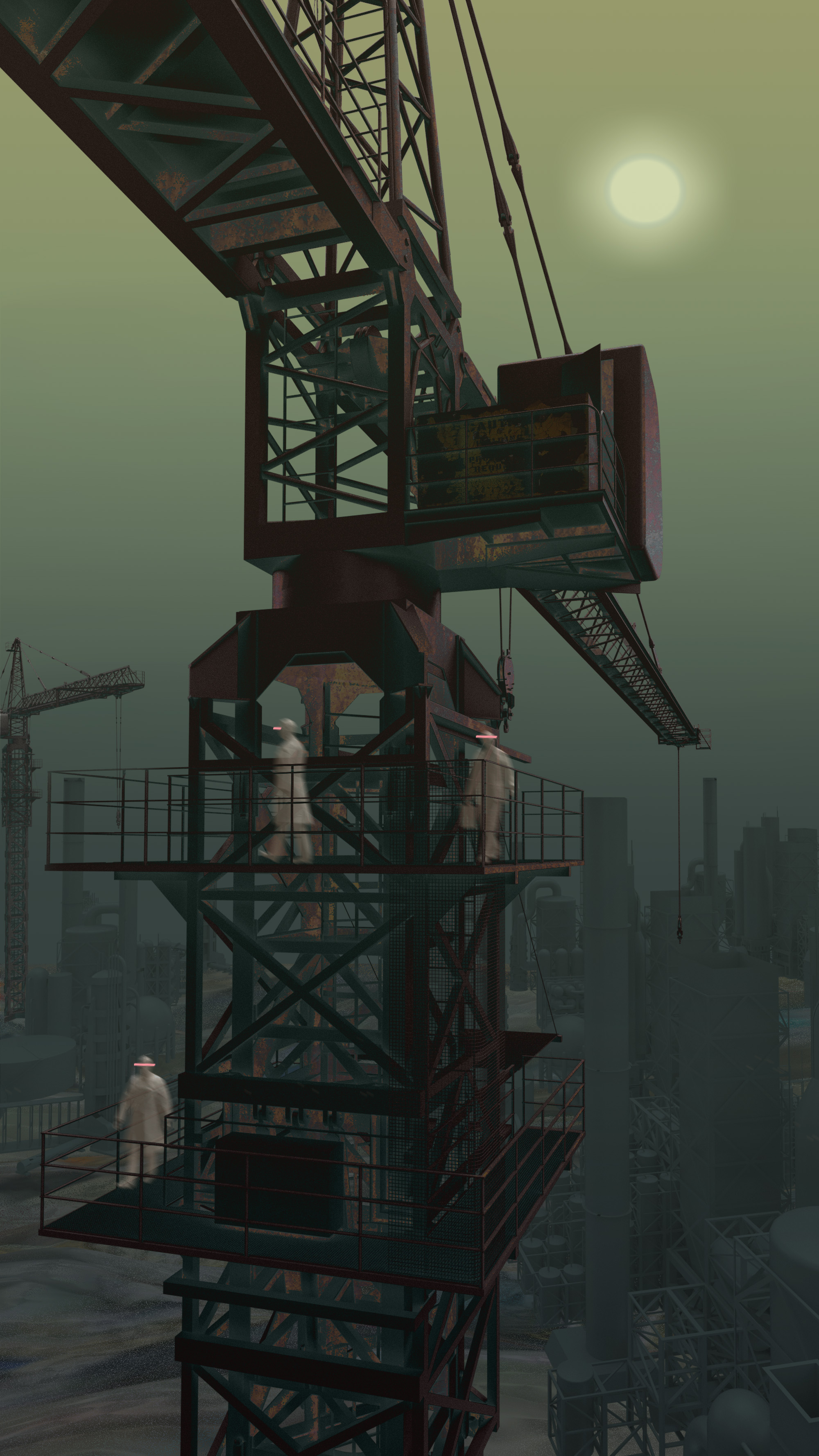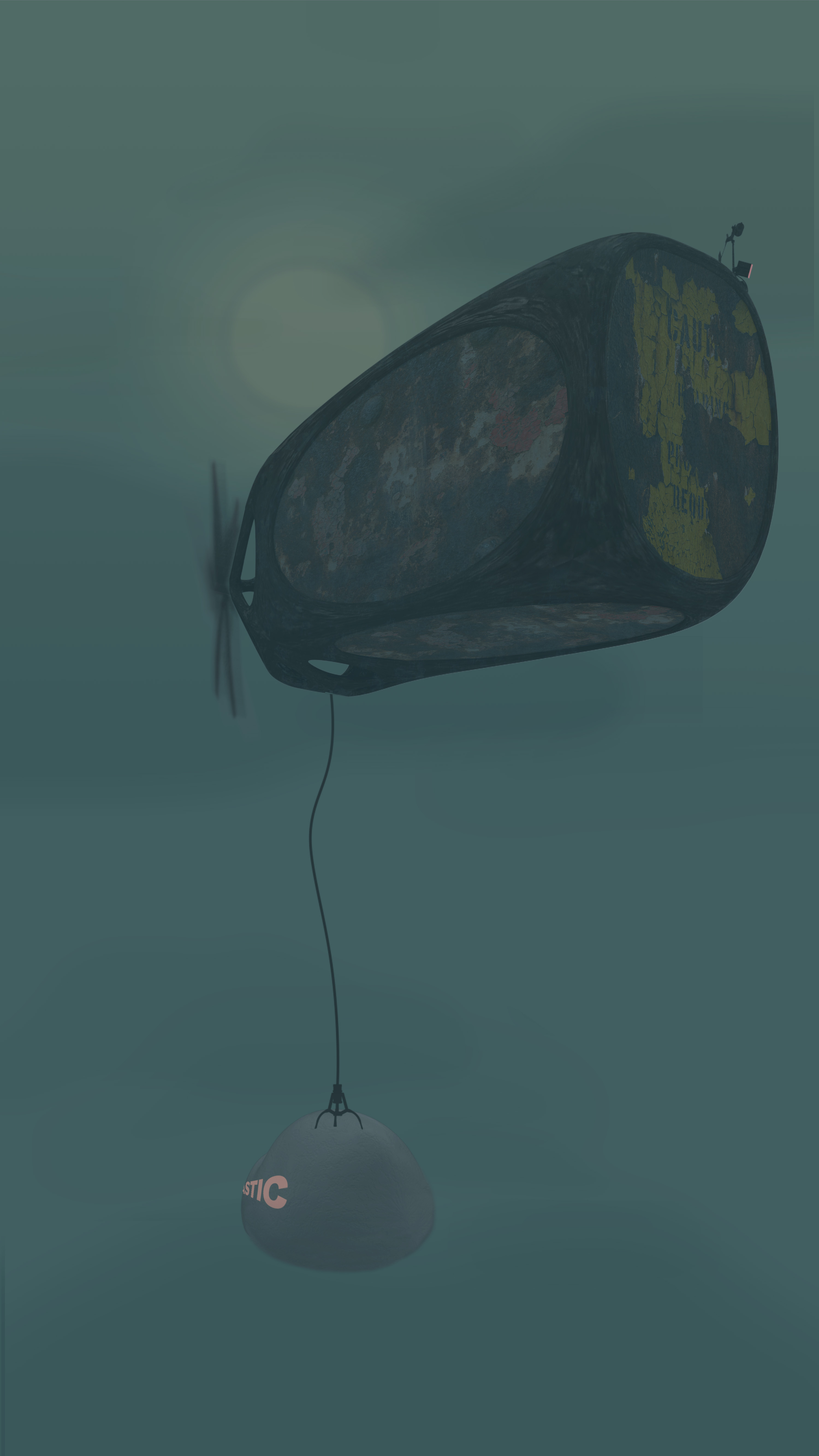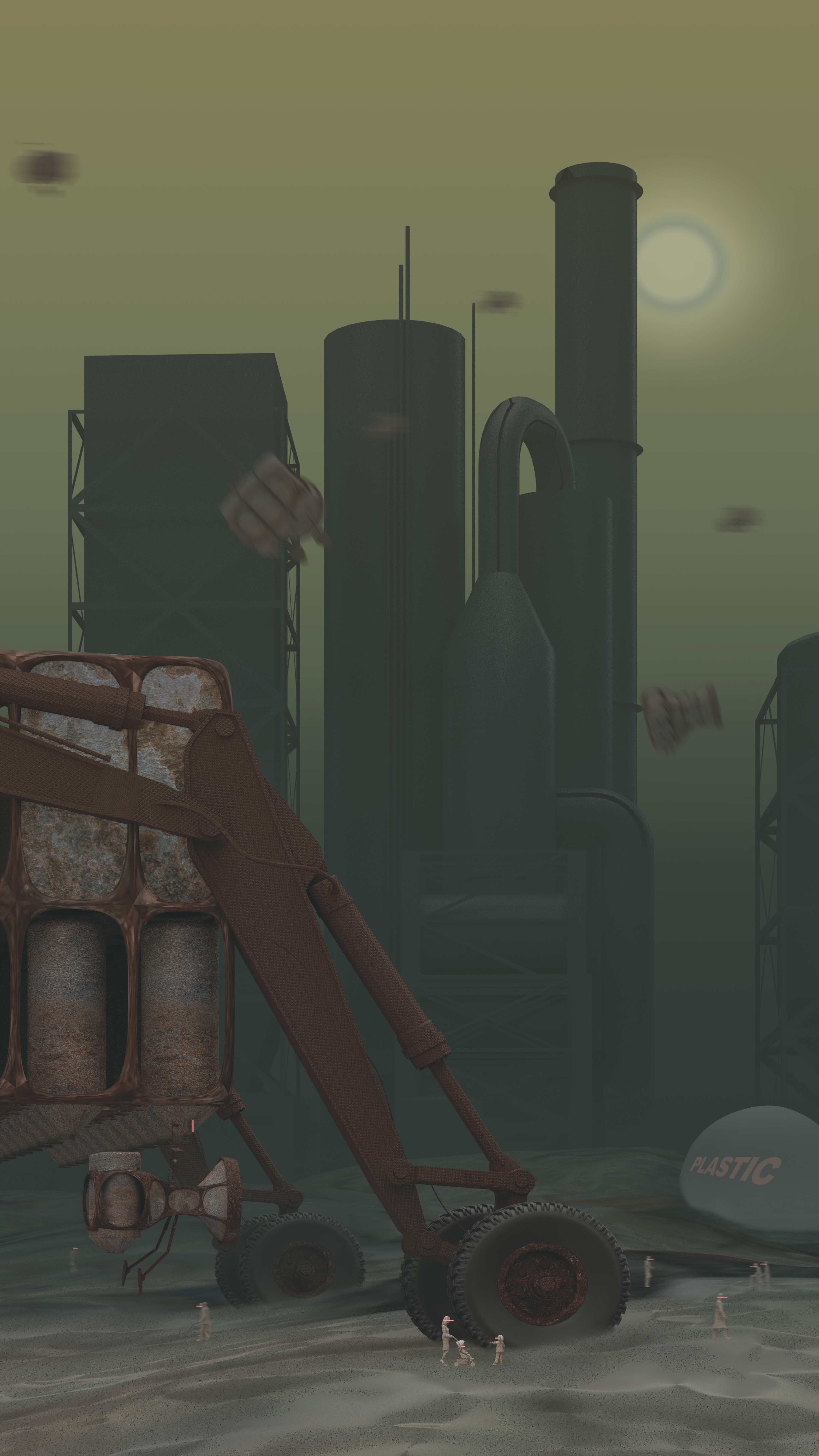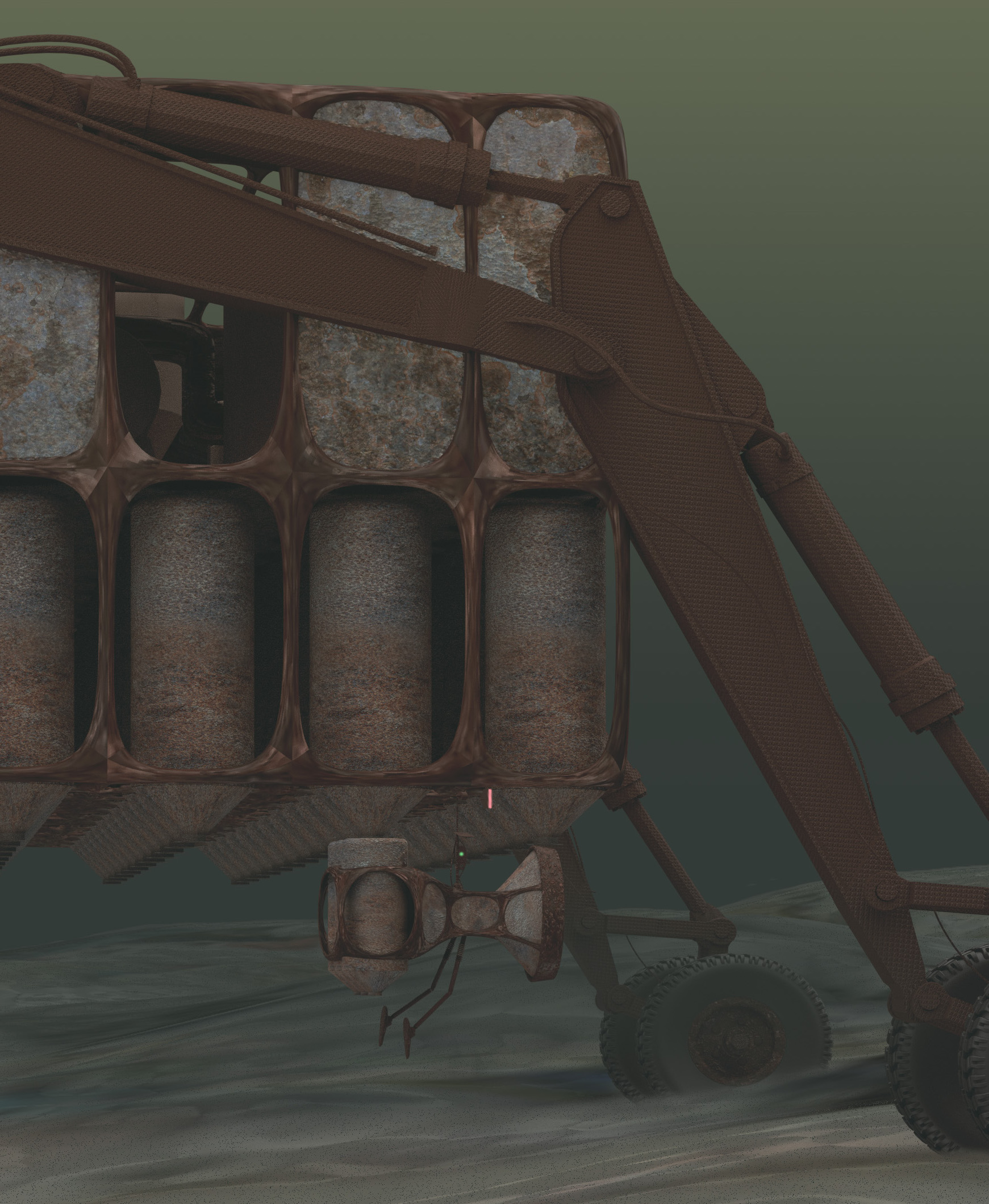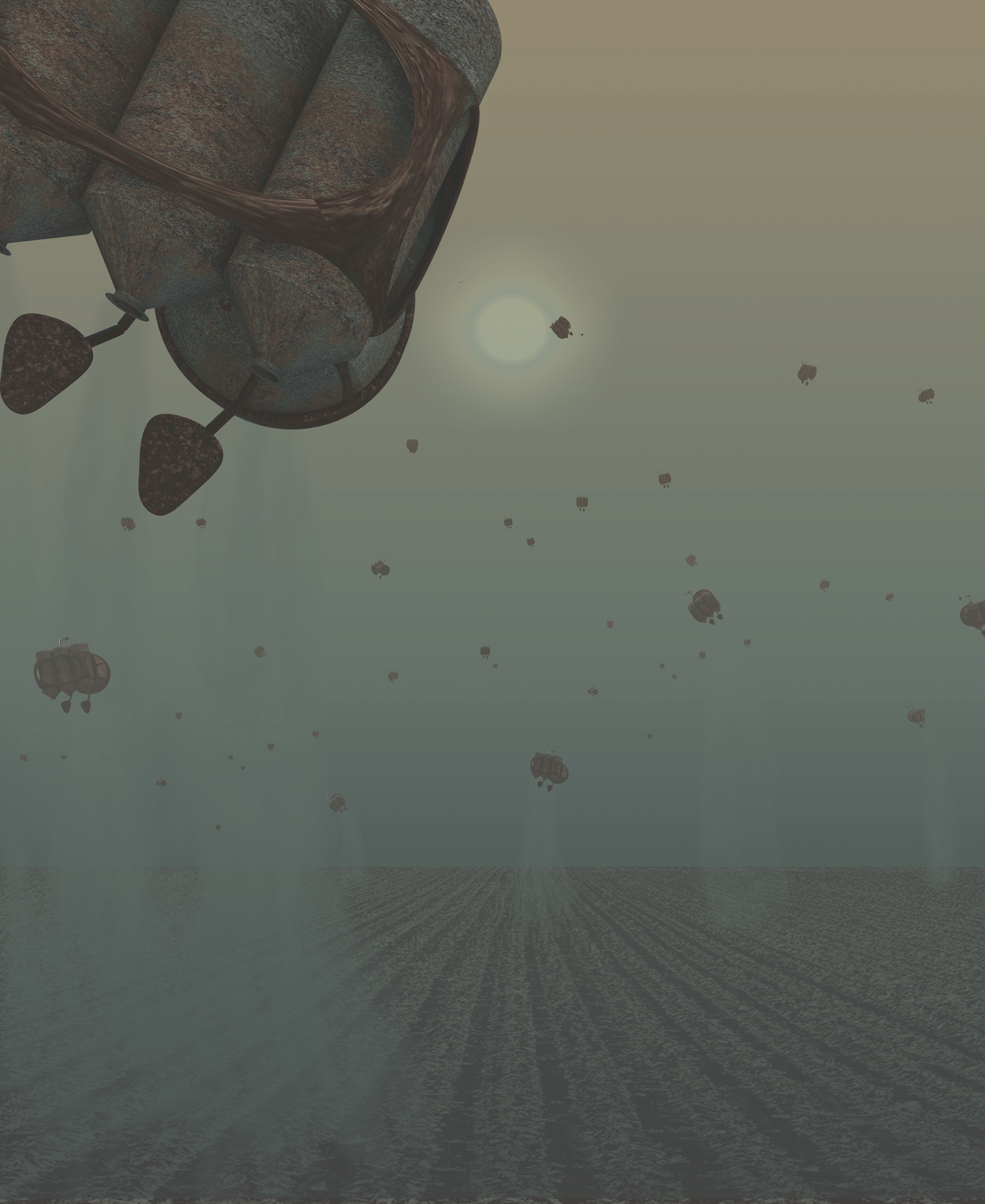the american scheme
During the ’60s, global plastic production increased by over four hundred percent; by 1979, we produced more plastic than steel.4 Think about that; that is an enormous boom. It begs the question of who was leading such a trend? Ninety-nine percent of what goes into plastic is fossil fuels, so unsurprisingly, yet was very surprising to most, the same companies producing plastics were also providing your car with gasoline. Shell, ExxonMobil, Chevron, Conico, DowDuPont, and Phillips were all leaders in the chemical, oil, and gas industries.
Everyone was pro-plastic. It was cheaper for companies to produce, and it was cheaper for consumers to purchase. Win-win, right? Not exactly. If America knows one thing, she knows greed.
Or should I say ‘he’.
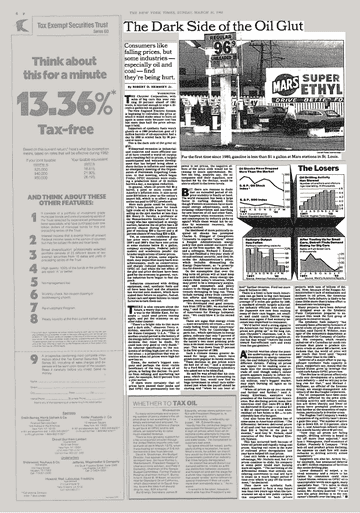
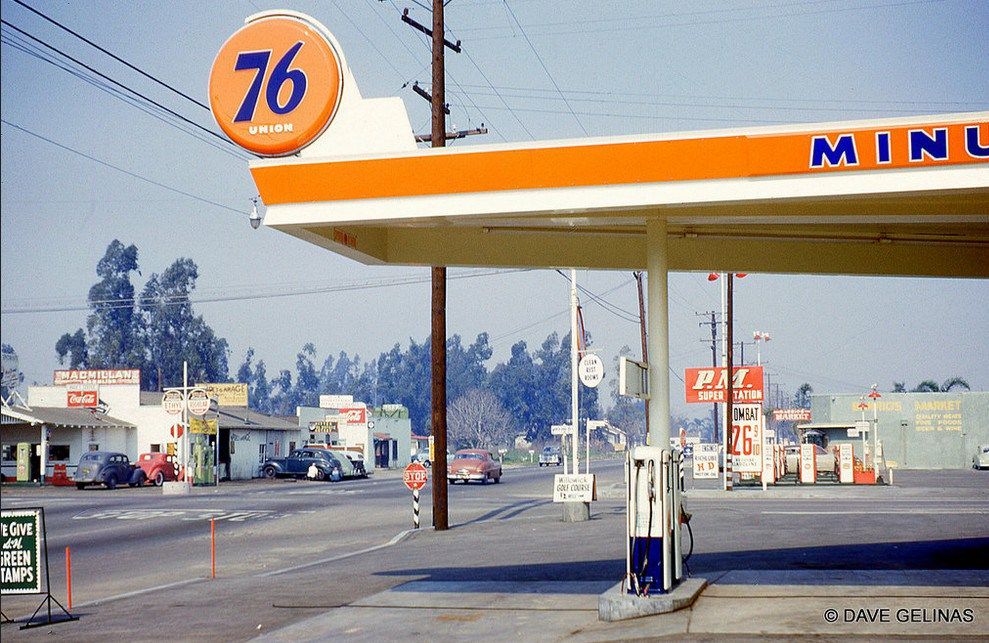
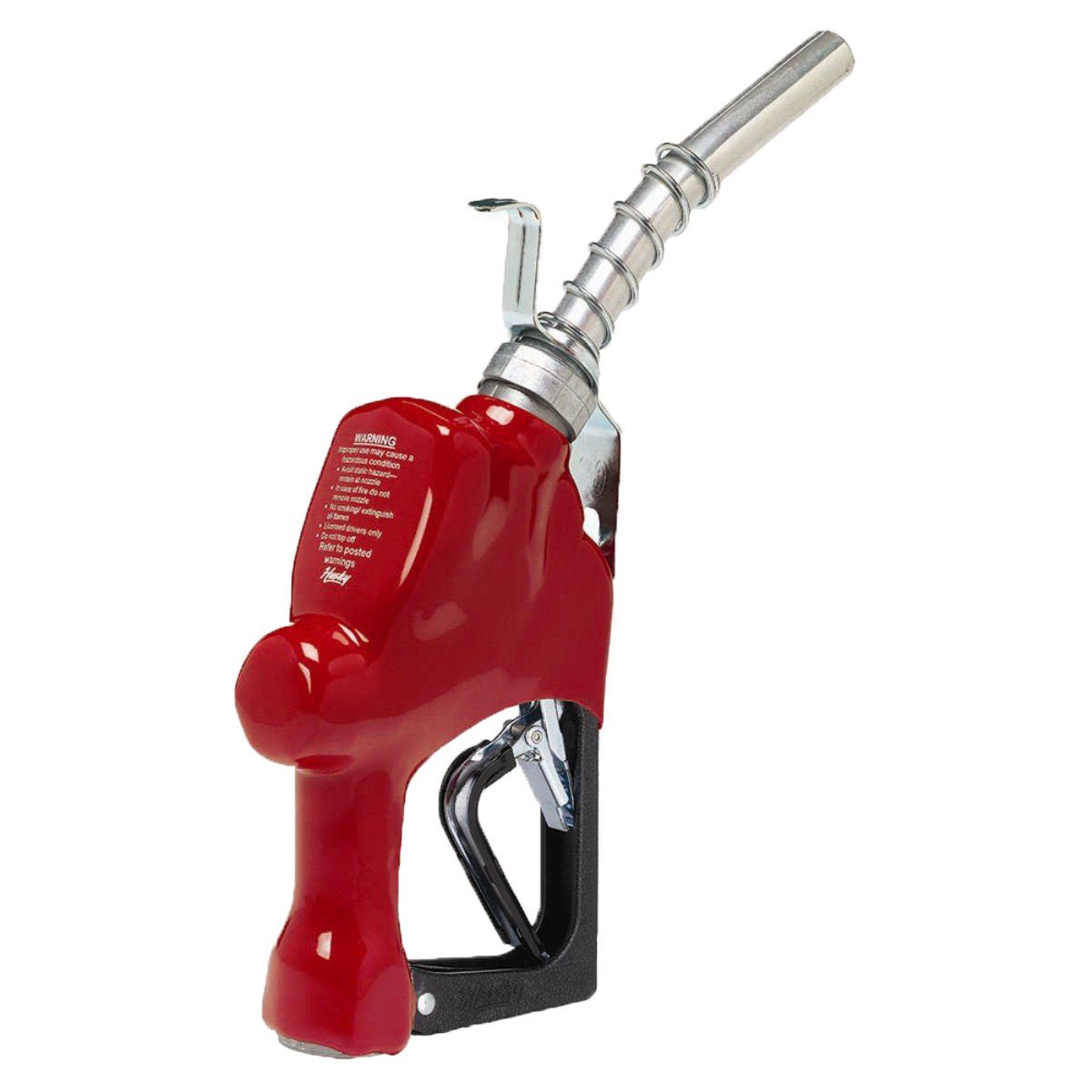
Of course, the industry’s eyes bulged at the potential of massive profit. No business venture as grand as this presents itself without causing at least one party to cut themselves a bigger slice. Like every enterprise in America, each company competed against one another, trying to win the consumer’s dollar. The result? We convinced ourselves that what came from this culture was a “higher standard of living, the secret to making America the best country on the whole planet.” However, in reality, what emerged was dirty plastic, slimy politics, and a voracious public.






